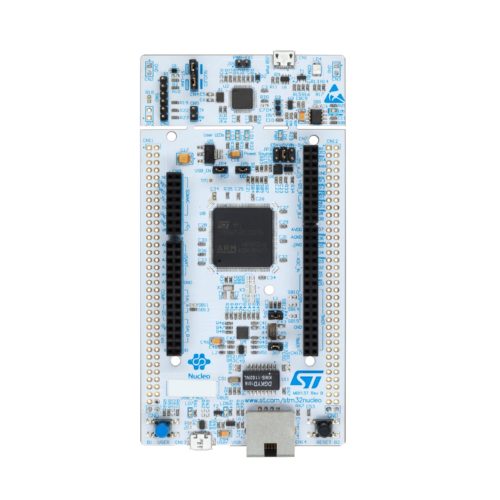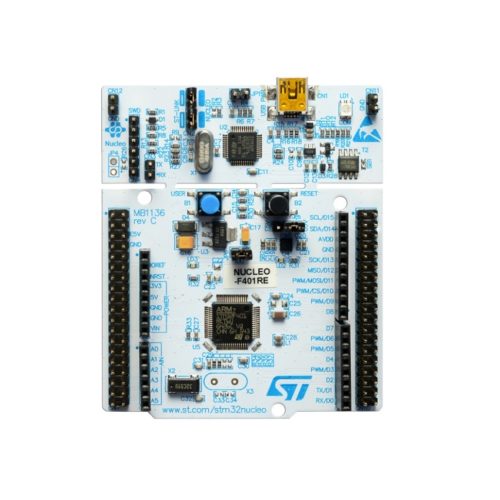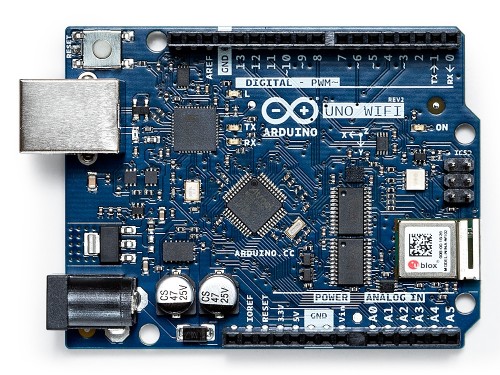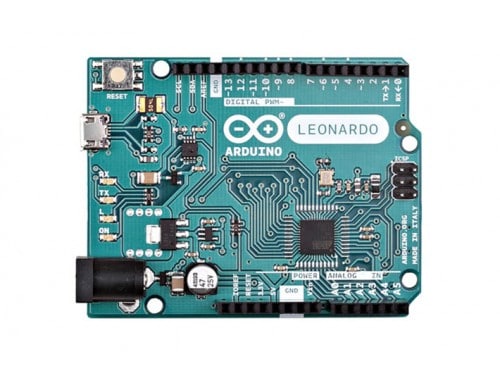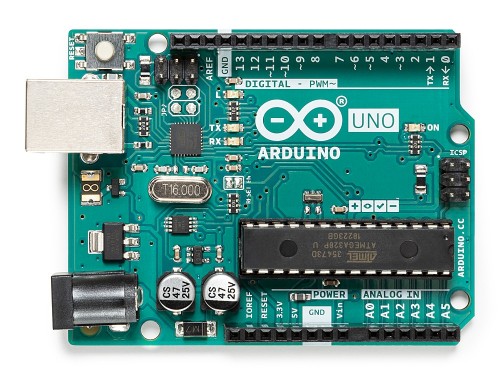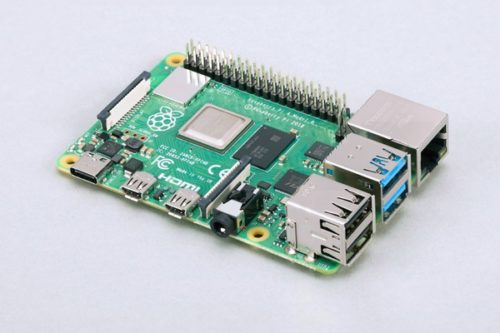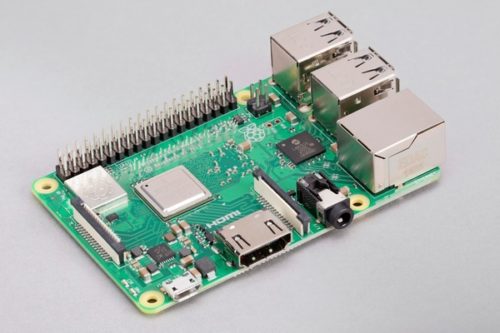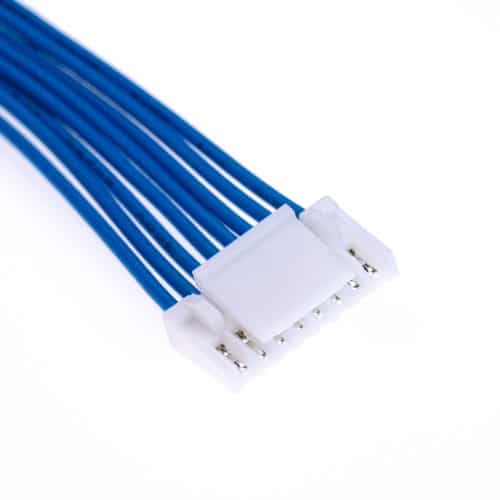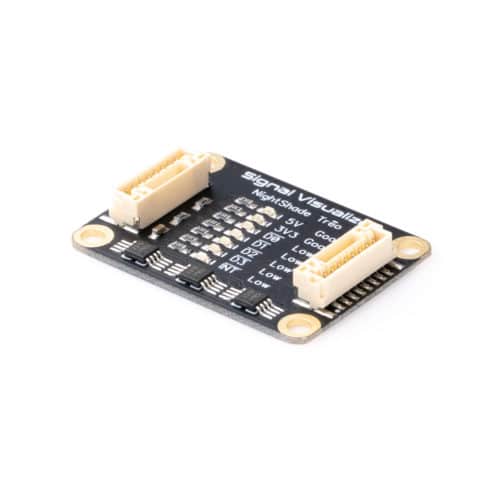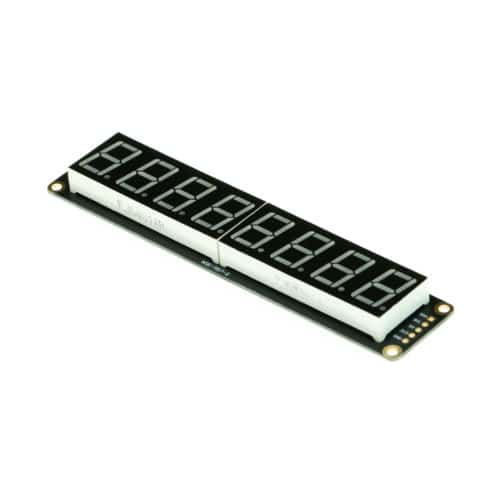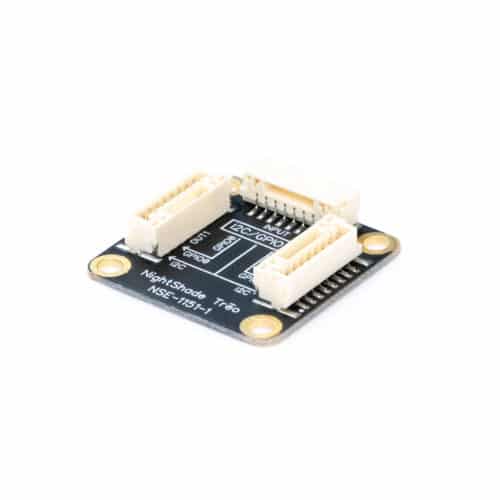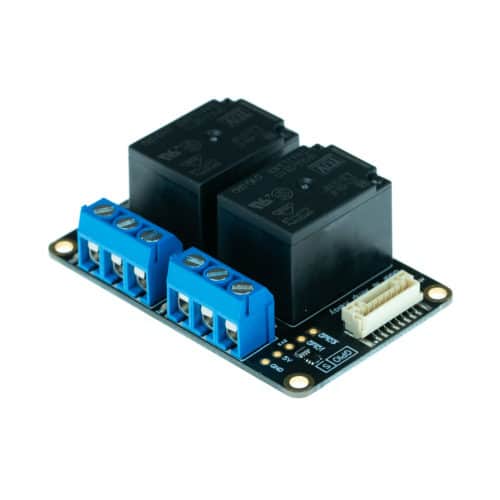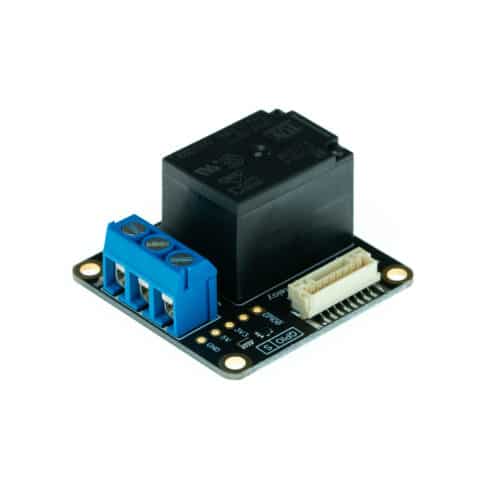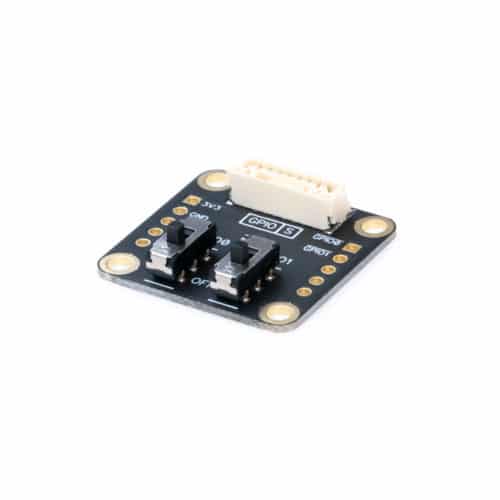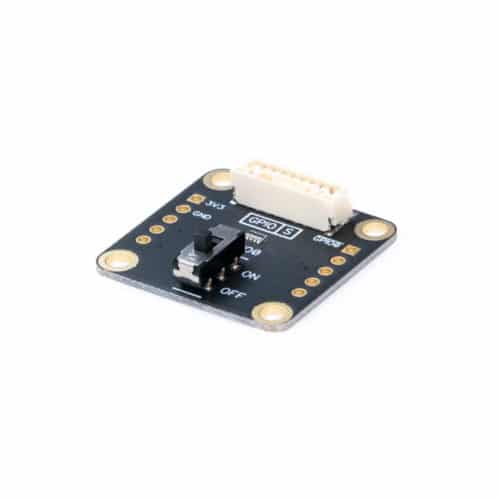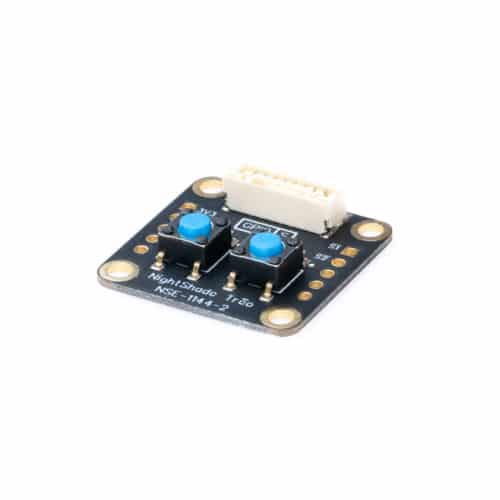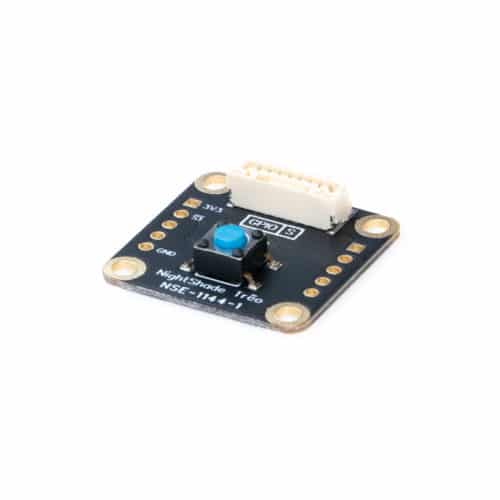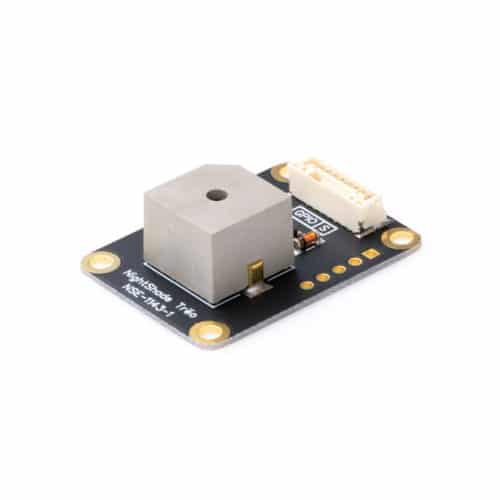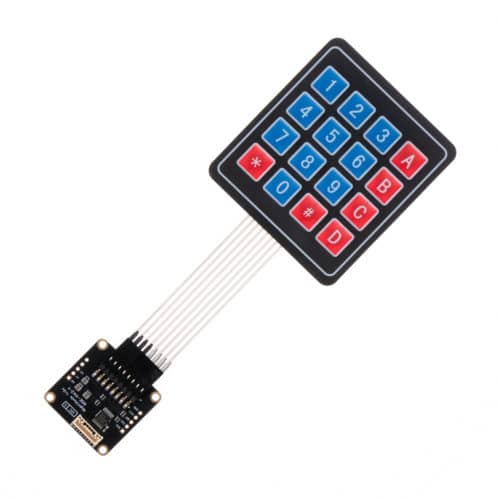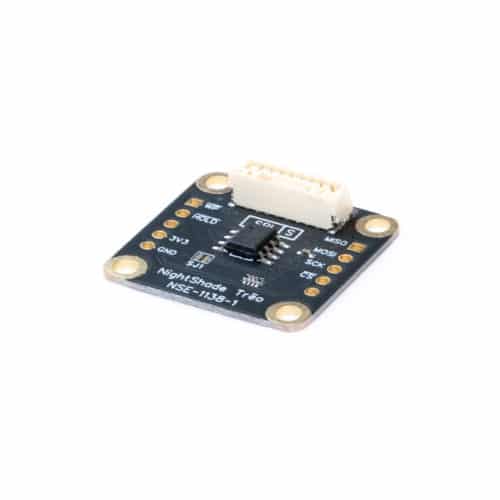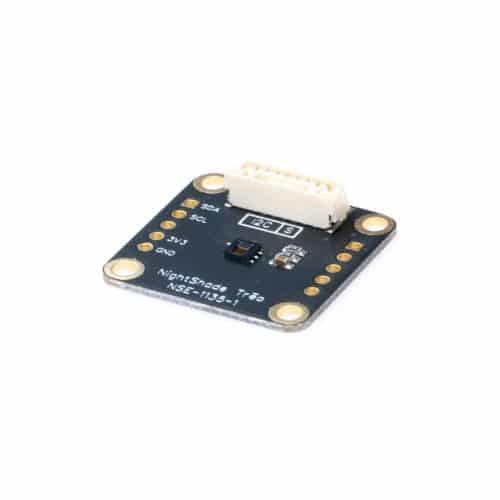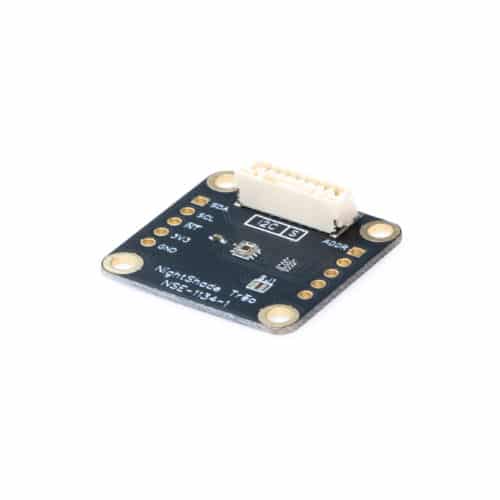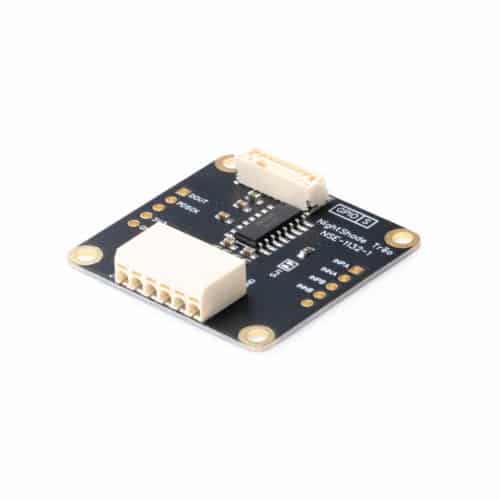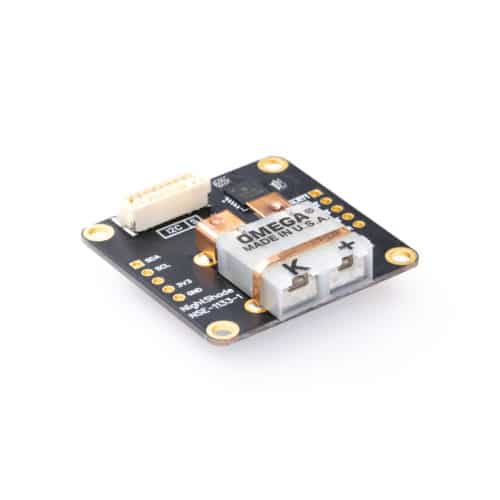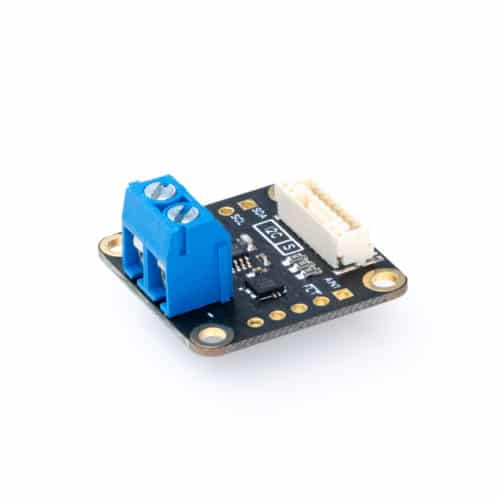- mircoSD Card
- Connects to SPI Bus
- Utilizes Native SPI SD Libraries
- E.g. Arduino SD Library
-
-
STM32 Nucleo-144 development board with STM32F767ZI MCU is compatible with the Trēo system, supports Arduino, ST Zio, and morpho connectivity
-
STM32 Nucleo-64 development board with STM32F411RE MCU is compatible with the Trēo system, supports Arduino, and ST morpho connectivity.
-
The Arduino UNO is the best board to get started with electronics and coding. If this is your first experience tinkering with the platform, the UNO is the most robust board you can start playing with. The UNO is the most used and documented board of the whole Arduino family.
-
The Raspberry Pi 4 8GB offers a 1.5GHz 64-bit quad-core Cortex-A72 (ARM v8) processor, dual-band wireless LAN, Bluetooth 5.0/BLE, Gigabit Ethernet, and Power-over-Ethernet support (with separate PoE HAT)
-
The Raspberry Pi 4 4GB offers a 1.5GHz 64-bit quad-core Cortex-A72 (ARM v8) processor, dual-band wireless LAN, Bluetooth 5.0/BLE, Gigabit Ethernet, and Power-over-Ethernet support (with separate PoE HAT)
-
The Raspberry Pi 4 2GB offers a 1.5GHz 64-bit quad-core Cortex-A72 (ARM v8) processor, dual-band wireless LAN, Bluetooth 5.0/BLE, Gigabit Ethernet, and Power-over-Ethernet support (with separate PoE HAT)
-
The Raspberry Pi 3 B+ offers a 1.4GHz 64-bit quad-core processor, dual-band wireless LAN, Bluetooth 4.2/BLE, faster Ethernet, and Power-over-Ethernet support (with separate PoE HAT)
-
The Raspberry Pi 3 A+ offers a 1.4GHz 64-bit quad-core processor, dual-band wireless LAN, Bluetooth 4.2/BLE in the same mechanical format as the Raspberry Pi 1 Model A+
-
- Displays the Status of Each Data and Power Connection
- Signals Pass Through Visualizer with No Losses
- Great for Troubleshooting
-
- Holtek HT16k33
- 8 Digit Numerical Display (Red)
- 16-Step Dimming
-
- Holtek HT16k33
- 4 Digit Numerical Display (Red)
- 16-Step Dimming
-
- Creates Two I2C Connections From One
- Creates Two GPIO Plugs with GPIO0 From One with GPIO0 & GPIO1
-
- On Semiconductor CAT25512
- 128-byte Page Write Buffer
- Additional Identification Page with Permanent Write Protection
- Self-timed Write Cycle
- Hardware and Software Protection
- Block Write Protection
- Protect ¼, ½, or Full EEPROM Array
- Low Power CMOS Technology
- 4,000,000 Program/Erase Cycles
- 200 Year Data Retention
-
- Texas Instruments HDC1080
- Relative Humidity Accuracy ±2% (Typ)
- Temperature Accuracy ±0.2°C (Typ)
- Excellent Stability at High Humidity
- 14-bit Measurement Resolution
- 100nA Sleep Current
- Average Supply Current:
- 710nA @ 1sps, 11-bit RH Measurement
- 3μA @ 1sps, 11-bit RH and Temperature Measurement
-
- Texas Instruments OPT3002
- Wide Optical Spectrum: 300 nm to 1000 nm
- Automatic Full-Scale Setting Feature Simplifies Software and Configuration
- Measurement Levels: 1.2 nW/cm2 to 10 mW/cm2
- 23-Bit Effective Dynamic Range with Automatic Gain Ranging
- 12 Binary-Weighted, Full-Scale Range Settings: <0.2% (typ) Matching Between Ranges
-
- AVIA HX711
- 2 Input Channels
- Low Noise PGA
- Selectable Gain of 32, 64, and 128
- 80 Samples Per Second
-
- Microchip MCP96L00
- Supports K Type Thermocouples
- 0.0625°C Resolution
- Internal Cold-Junction Temperature Compensation
- Programable Rising or Falling Temperature Alerts for Hot and Cold Junctions
- Low Power Consumption
-
- Allegro ACS711
- 11mA Precision
- High-Sensitivity Sensing Up to 15.5A
- 100kHz Bandwidth (Response <550ns)
- 6mΩ Resistance Results in Low Losses


